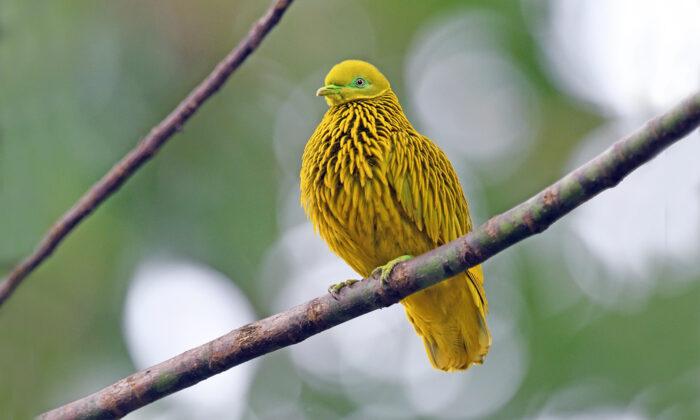As Eli Boroditsky was driving to work at a cheese plant in New Bothwell, Manitoba, what looked like a dog ran out into the middle of the road. Unable to brake in time, Boroditsky struck the animal.
“I thought it was a German shepherd or a husky,” he told CBC.

After arriving at work, a co-worker pointed out that he had rescued a coyote—not a dog at all.
The coyote weighed 13 kilograms (approx. 29 pounds) and was more than a little stunned by the accident and remained docile—which reinforced the notion that it was a stray dog. “It is amazing how docile it was. I was petting it,” he explained.

Once the shock of learning it was a coyote had worn off, Boroditsky called wildlife centers, but all of them were closed for the night. After sleeping off her injuries, the coyote was picked up the next morning by a government official from Manitoba Wildlife and taken to the Wildlife Haven Rehabilitation Centre (WHRC) in Ile des Chênes.
Boroditsky was extremely impressed with how calm the coyote had remained, noting that the “only time she really acted up is when the wildlife officer put the loop around her to get her out of the car.”
Despite the force of the collision, which shattered part of Boroditsky’s front right bumper, the coyote made it out of the accident relatively unharmed. The Rehabilitation Center assessed the coyote and found that she was in very good health and only had a couple of cuts on her face and hind legs from the accident.
Within a week, with a safe, warm place to sleep and plenty of food and veterinary attention, the coyote was able to be released back into the wild.
A video taken from the sanctuary shows the coyote being placed outside in an open box and taking off at full speed across the snow-covered fields, showing just how well she had recovered.


Executive director of WHRC Zoe Nakata lauded Boroditsky’s humane decision to stop, though cautioned against picking up wild animals in distress. “If an animal is large and is a predator—if their behavior and natural behaviors are aggressive—then we always always ask people to be cautious and to call people to help,” she told the CBC.
In a situation such as the one Boroditsky faced, it’s best to exercise caution. Nakata suggests calling a local wildlife refuge or sanctuary for advice. When it comes to smaller animals, Nakata sometimes asks people to simply wrap a towel around it, place it in a box, and drive it to the center.
We would love to hear your stories! You can share them with us at [email protected]





